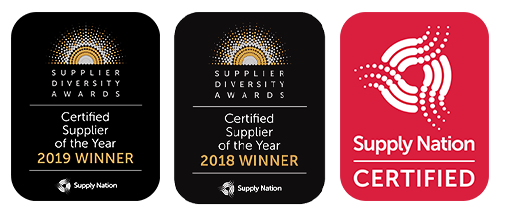 IPS Executive Director Jahna Cedar IPS Executive Director Jahna Cedar Earlier this year, IPS Executive Director Jahna Cedar spoke at the Our Community Grantmaking Intelligence Conference. Jahna was part of a three-person panel which sought to cast a spotlight on some of the biggest issues facing Australia and the world today, and what grantmakers can do to help. Below, Jahna shares her responses to some of the questions asked at the conference. Her responses highlight the key ways in which grantmakers can increase accessibility of funding for First Nations people, and why it is becoming increasingly important to do so. How can funders and grantmakers be more inclusive of First Nations people? The opportunity to secure grants is integral to the establishment of many businesses seeking the initial capital to leverage for further investment. It allows for some quick wins, which in turn builds reputation and rapport in the market. It also allows business to demonstrate competitive advantage. The issue for many First Nations People is the competitiveness of non-Aboriginal people impeding and crowding in this space through black cladding.¹ Indigenous businesses need to start collaborating in order to reclaim their space. It comes back to self-determination and building economic sustainability. We are experts in our own right, with lived experience that we can utilise to support real and tangible change in community. Every funder should take the following into consideration when developing programs to dispense funds to Aboriginal people:
What are three practical take-aways you would like to give grantmakers in addressing inclusivity of First Nations people?
Supply Nation’s ‘The Sleeping Giant’ report highlighted the social return on investment for Aboriginal and Torres Strait Islander peoples. Key findings of the report found that for every dollar of revenue raised, Certified Suppliers create $4.41 of economic and social value within their community. This was found to be even higher in small Indigenous businesses. Indigenous businesses were also found to employ more than 30 times the proportion of Indigenous people than other people, provide training to their staff and owners, employees and communities were found to be very proud of Indigenous businesses. Business owners were found to reinvest revenue directly into their community and provide generational security for their family. What role do you see for “consumer voices” in grantmaking decision-making? Can a grantmaker give grants to the types of causes you support without a representative of those causes on the decision-making body? A key to inclusion is in facilitating an Indigenous-led, designed and built solution. Co-design is about working together differently, with those affected by decisions involved in its design. The co-design approach is about power sharing, creating different norms, building on strengths, mutual learning and sharing knowledge. It brings together new perspectives and reframes thinking, respecting Indigenous methodologies and terms of reference. It is crucial that these voices are at the decision-making table. ¹. Black Cladding: the practice of a non-Indigenous business entity or individual taking unfair advantage of an Indigenous business entity or individual for the purpose of gaining access to otherwise inaccessible Indigenous procurement policies or contracts. - Supply Nation). IPS is a Supply Nation Certified business. We specialise in Indigenous capacity building and engagement services. To find out more, head to our Indigenous Advisory page.
Comments are closed.
|
|
IPS Management Consultants acknowledges the Traditional Owners and Custodians of Country throughout Australia, and their continuing connection to land, water, and community. We pay our respects to Elders both past and present, and we extend that respect to all First Nations people.






